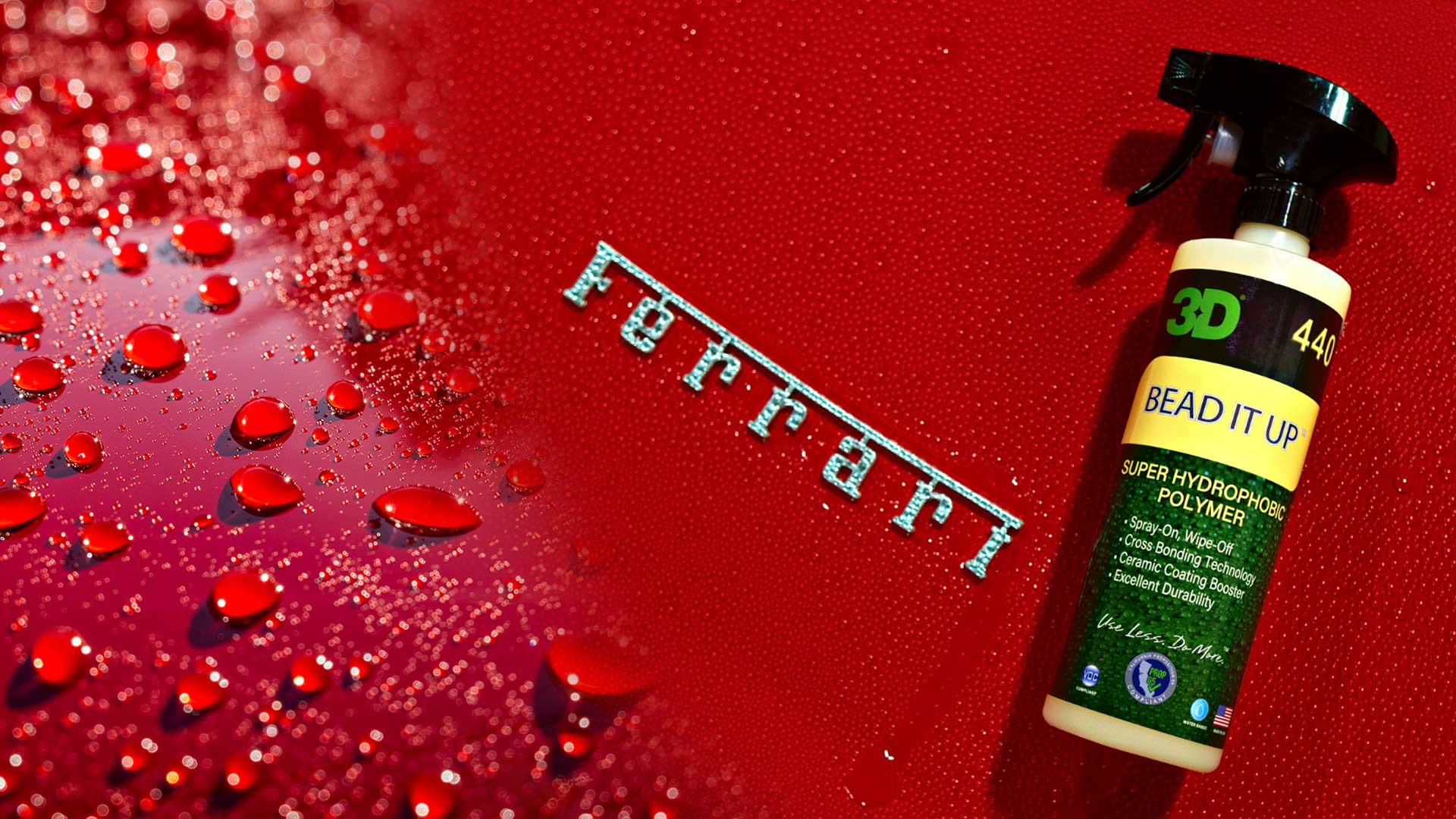Ceramic coatings prove to be a top-tier choice for car enthusiasts and car owners alike. Whether your ceramic coating was expertly applied, done at an auto salon, or a weekend DIY project, preserving its quality is paramount. The key to this lies in faithfully adhering to the manufacturer's instructions during your car wash routine.
However, it's crucial to acknowledge that maintaining a ceramic coating isn't as straightforward as it may seem. There is no universal approach that suits all. Let's delve into some valuable insights and strategies for washing and upkeeping a vehicle coated with ceramic protection.
What is a ceramic coating?
Ceramic coatings represent a durable, semi-permanent or even permanent shielding layer that is meticulously administered to a vehicle's outer surface for safeguarding against potential harm. This nanoscale treatment, initially in a liquid state, undergoes a transformation into a robust, solid layer upon complete curing. Typically, ceramic coatings consist of silicon dioxide (SiO2), derived from substances such as quartz and sand. As these compounds amalgamate with a vehicle's paintwork, they yield a remarkable water-repellent effect, a phenomenon celebrated in the detailing world as "hydrophobic."
Why is ceramic coat maintenance important?
It is a common question here at My Car Cleaning if ceramic coatings need maintenance. In short, yes. Many believe that having a car ceramic coating is a one-and-done solution, and that once it's applied, you never have to wash your car again. The internet has tons of valuable information, but ceramic coating myths aren’t one of them. The coating itself doesn’t have “self-healing” properties. Although day-to-day wear and tear like water, dust and dirt cleans effortlessly thanks to the coating's slippery surface. Neglect will put you back to square one with a contaminated car. We highly suggest either weekly or bi-weekly maintenance washes to let the coating do its job.
So how exactly do you wash a ceramic coated car?
-
Maintain a Clean Surface: To uphold the peak performance of your coating, it's essential to wash your vehicle at least once a week. If a weekly wash is too frequent, aim for a minimum of once every two weeks.
-
Adopt Safe Washing Techniques: Typically, professional ceramic coating applications involve a preliminary clay bar treatment and paint correction polishing. In this context, employing proper washing methods is imperative to prevent unsightly scratches and swirls. Minimize the risk of paint damage by utilizing a pre-wash foam, the two-bucket method, grit guards where possible, high-quality microfiber wash mitts, and opt for a premium drying towel or a dedicated blower during the drying process.
-
Select the Right Car Wash Soap: Use a pH balanced car wash soap at the very least. The use of harsh cleaning agents like dish soap can substantially reduce the lifespan of your ceramic coating and potentially strip existing paint surface sealants. If you notice diminished water beading or sheeting, consider using the pH balanced car wash soap mentioned earlier to rejuvenate your coating's performance.
-
Enhance Protection with Boosters: Integrate SiO2-infused quick detail sprays between regular washes to extend and enhance your ceramic coating's performance. These sprays serve as a top-up for existing protection, restoring the impressive hydrophobic properties you've come to expect.
-
Thorough and Gentle Drying: Emphasizing the importance of proper drying, it's crucial to carefully dry your ceramic coated car after washing. Using incorrect drying techniques can jeopardize the coating and paint. Employ a generous, high-quality microfiber drying towel, such as the 3D Hydro-Fil 1200 GSM towel. In addition to using the right drying tools, ensure thorough drying to prevent the formation of water spots.
-
Maintain Clean Equipment: Whether you're in the process of washing, drying, or applying products, it's vital to prevent cross-contamination by ensuring that your towels, mitts, and buckets are impeccably clean before use.
-
Avoid Shortcuts: Steer clear of automatic drive-in car washes, regardless of whether your vehicle has a ceramic coating. These establishments use highly alkaline soaps and durable, abrasive brushes that can cause extensive damage to your coating and paint. Opting for such shortcuts is the quickest way to compromise the integrity of your ceramic coating.
Final Thoughts
Getting your car ceramic coated is a wise and proactive decision that requires time and research. If you are going to pay a professional to coat your vehicle with a high-quality professional-grade nano ceramic coating, be sure to ask them for advice on how to best maintain the coating. If you go down the DIY route, refer back to this article to ensure safe and proper maintenance.

